The main reasons startups fail include a lack of product-market fit, changing market conditions, a flawed business plan, and a poor team. These aspects lead to cash flow issues due to distrust of investors initially supporting a startup. Eventually, startups run out of cash and have to shut down.
So, why do most startups fail? This article provides thorough research to cover the reasons for that. Knowing them, you can take the right action to keep your business running.
Working with clients from different niches, we understand how important it is to provide a top-notch product that fits the market. For this reason, apart from common startup failure cases, we’ll share some advice about avoiding typical misdeeds in running a startup.
Let’s get started.
Cash flow issues
It is one of the top reasons why startups fail. In a survey by Skynova, 47% of startups reported the lack of financing as a reason for failure in 2022.
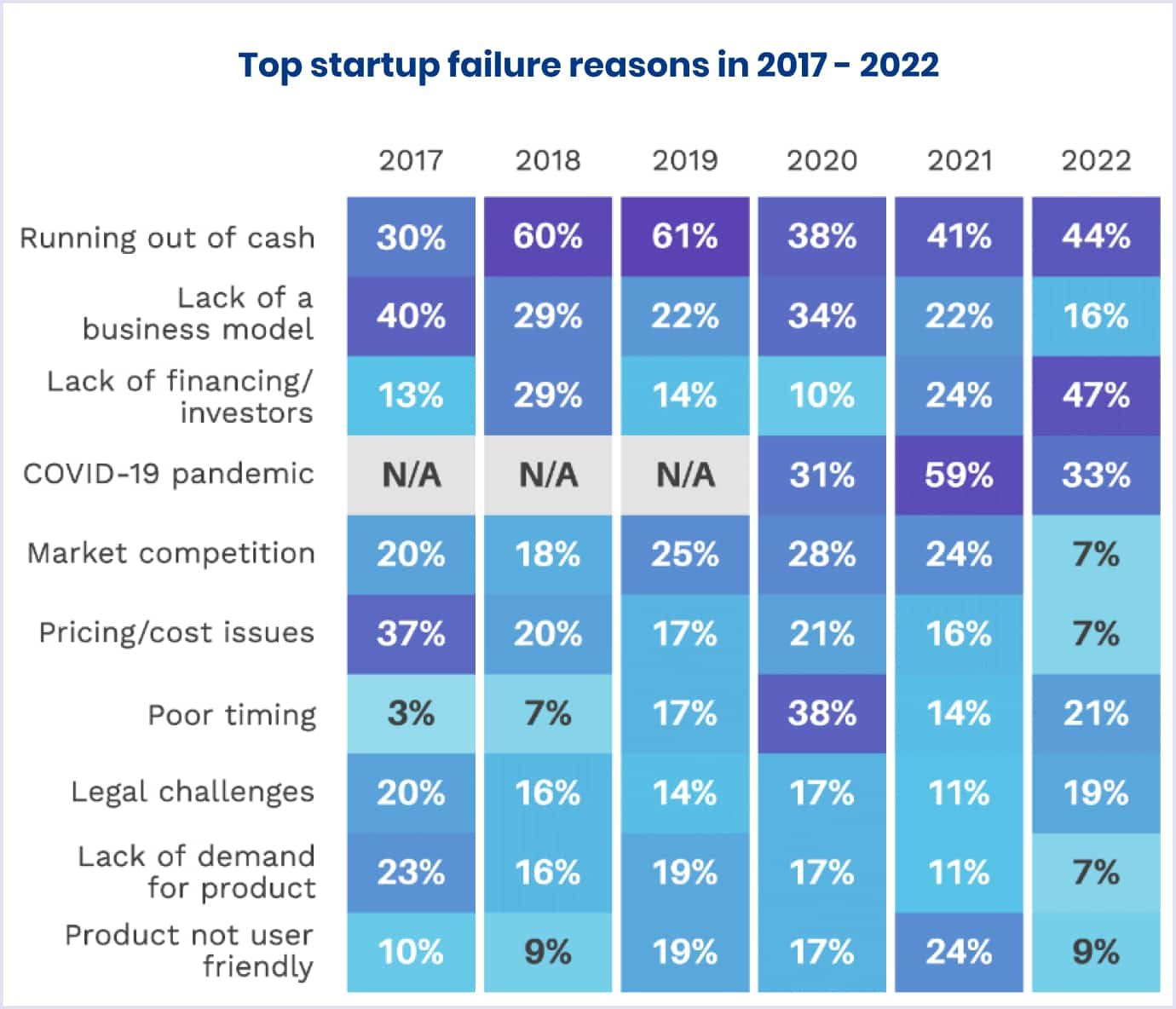
Source: skynova.com
Most startups depend on funding from investors or venture capitalists. They are necessary when the product or service attracts customers and starts making money. A startup needs steady cash flow to support it and cover customer acquisition and operation costs.
The most common reasons for running out of cash are as follows:
- Poor cash flow management, like excessive spending;
- Inadequate planning for unexpected expenses;
- Over-investment in expansion;
- Poor sales performance;
- Changes in market conditions, such as consumer behavior or technical enhancement;
- Wrong operation management that leads to mistakes in business estimates.
Flud, founded in 2010, dissolved in 2013
A notorious startup that failed due to running out of cash was Flud. The company is an all-famous story, and it made quite a buzz when it shut down its startup. Flud was a social news reader for iPads, iPhones, Androids, and Windows. The co-founders Bobby Ghoshal and Mathew Ausonio wanted to create a news reader that would be an ecosystem for news.

Initially, Flud was distinguished with a beautiful UI design and the possibility to share news content on user profiles. The startup was up-and-coming. So the founders raised $2.1 million from established companies, such as Detroit Venture Partners and Ludlow Ventures.
The core reason for the company’s downfall was the lack of thorough product testing. When the startup received comprehensive coverage in the press and then showed bugs and glitches to users, its fan base suddenly dropped. People did not want to download Flud anymore. That is why the company failed to raise additional funding for its operation and ran out of cash.
Read also: Top SaaS Startups for Your Inspiration in 2023
Lack of product-market fit
This aspect is one of the top reasons why startups fail. Product-market fit means the capability to satisfy specific market needs. The pyramid by Dan Olsen shows that this concept involves satisfying customer needs with product features. You can see that principle in the diagram below.
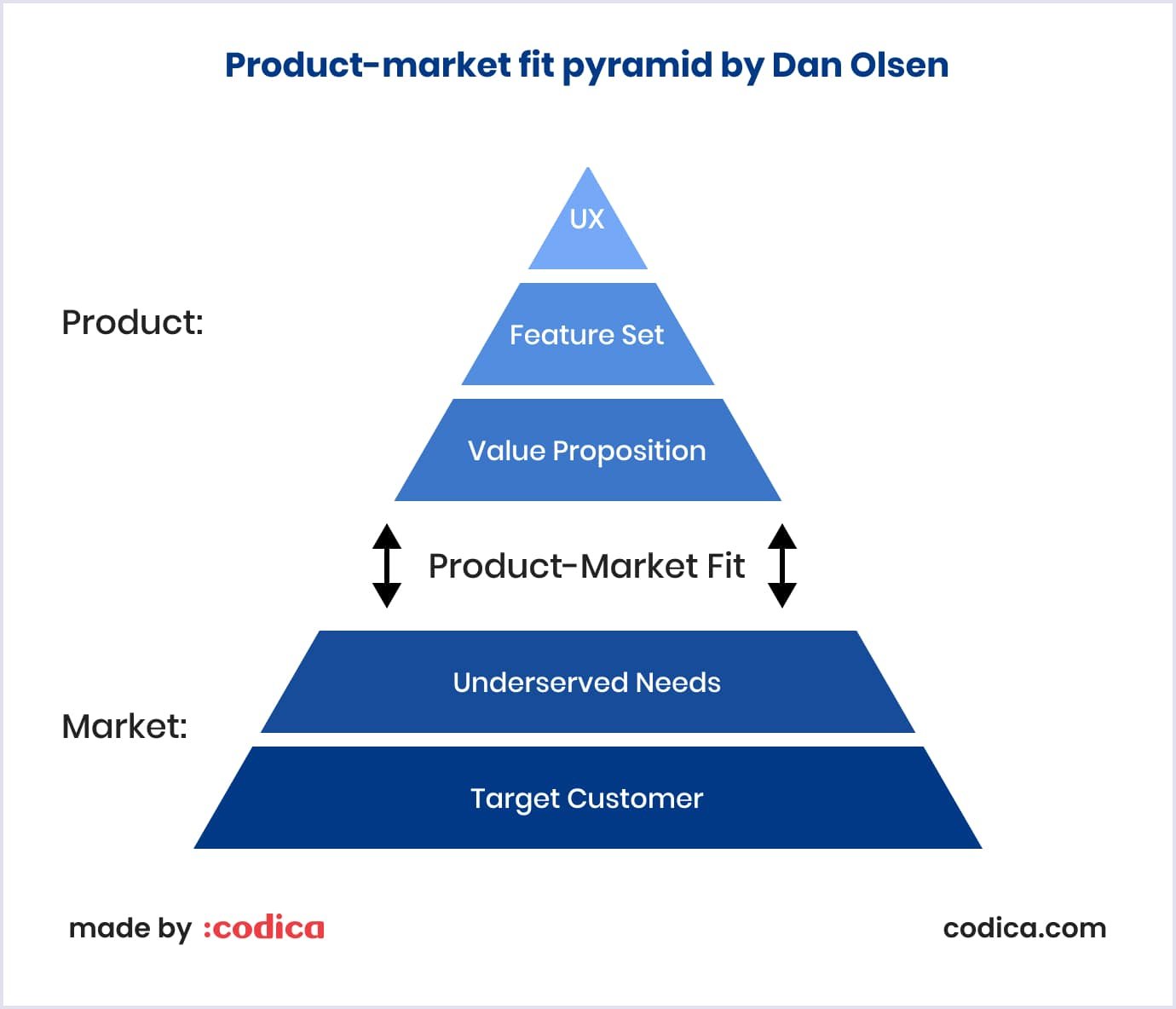
Source: dan-olsen.com
According to data, 35% of small businesses do not have a market need. So, it is feasible to test your business idea with a minimum viable product (MVP). We cover this tip later in the article.
Still, there is one thing to consider. While testing your startup idea, you should be aware of changing customer tastes. So, a startup that initially succeeds can fail over time. This fact is because the startup needs more enthusiasm for the future to satisfy customer demand.
SchoolGennie, founded in 2013, dissolved in 2014
Let us take the SchoolGennie software as an example. It was supposed to provide child development solutions for Indian schools and the educational sector at best. But these ambitions led to nothing. The main reason is that the founders needed to gain expertise in the education sector and test the market need for their project.
Founders wanted to refine their product instead of trying the market with an MVP. It resulted in increased production costs and time loss.
The founders eventually discovered that schools and teachers do not need their service. Founders tried to copy their competitors. But lacking industry awareness, they did not know which features to add. Disagreements between founders led to postponed decisions and uncertainty. Finally, the project closed in 2014.
Contrary to SchoolGennie, a successful example of the product-market fit is Dropbox. Drew Houston, CEO and founder of Dropbox, embraced fundamental values for his customers. While thinking of simplicity, he also added sophistication to make the product acceptable for software engineers as his target customers. The idea worked for early adopters and successive customer waves.

Changing market conditions
The company should be flexible and ready to shift even with a clear marketing strategy. The market situation changes, and the startup should be willing to pivot. Otherwise, the company is doomed to failure.
Ask Jeeves, founded in 1996, dissolved in 2006
It was a search engine predating Google and reframing the search approach on the Internet. You could type a question to search instead of keywords. A friendly face of a butler named Jeeves also made the engine lovable to users.
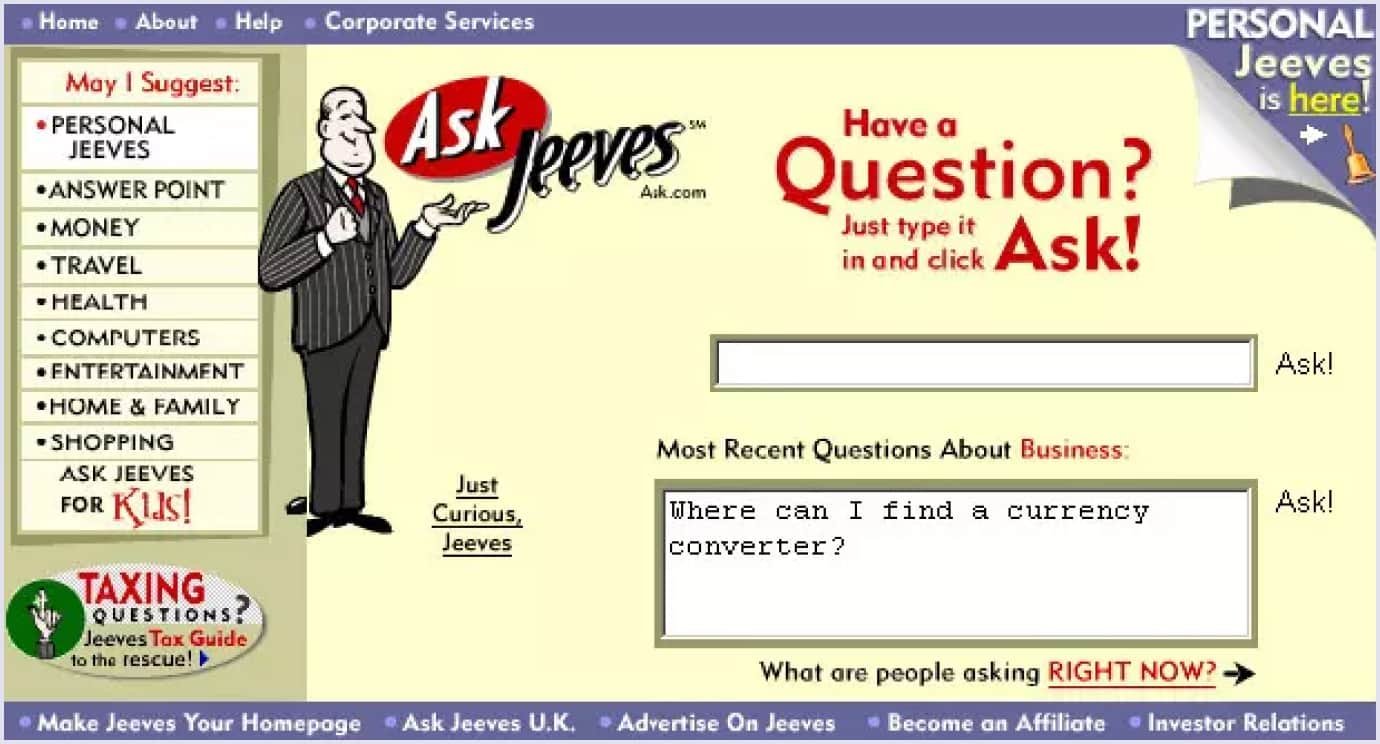
The company was founded in 1996 and dissolved in 2006. There were several reasons for failure. The company kept relying on the friendliness concept when it was exhausted. Meanwhile, its main rivals, Google and Yahoo, focused on the technologies improving search approaches. A severe competitor at the start, Ask Jeeves soon lost its position.
Also, there was a constant flow in leadership. New talent coming to the company stayed only for a short time, and a new person replaced the previous one. They could not make meaningful changes to the company, leading to its failure.
Bad market timing
Some startups have a bright idea but do not thrive due to an ill-timed move. It is enough to make one wrong step with the significant launch for investors to close the project.
SixDegrees, founded in 1997, dissolved in 2001
It was a social networking startup, and its audience made 3.5 million users at its peak. But it was ahead of time. The Internet connectivity limitations did not allow for further growth of the network. Founded in 1997, it was sold for $125 million to YouthStream Media Networks in 1999 and closed two years later.
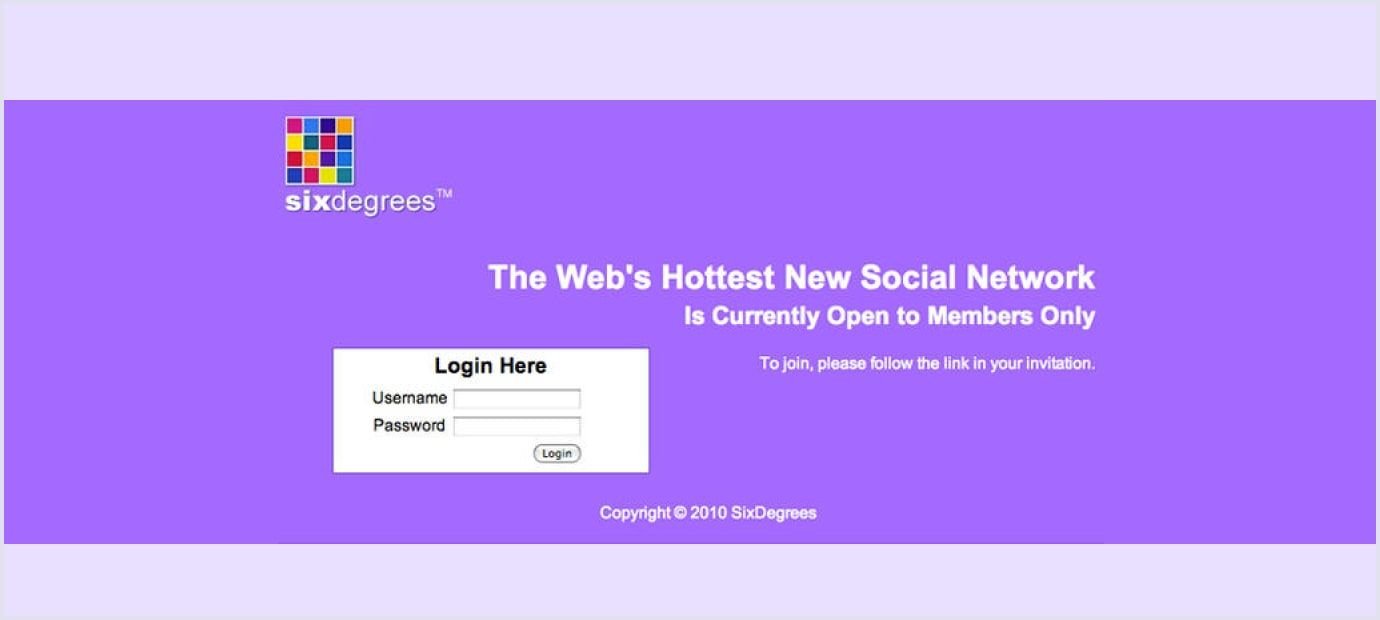
Another example is LoudCloud. It was meant to provide cloud computing services to startups and big enterprises. But the wrong timing resulted in poor customer response. So, the founder Ben Horovitz backed off funding in Opsware, offering software for enterprise servers and networks, including custom enterprise software development services. He once said, “As a startup CEO, I slept like a baby. I woke up every two hours and cried.”
Read also: Why SaaS Startups Fail: Most Common Reasons and How to Prevent Them
Flawed business plan
It is another reason why most startups fail. Outlining a startup with a business plan is crucial for success. Yet startups make false projections at this point, which leads to their failure. Common errors in a business plan include the following:
- Misconceptions about unique selling propositions;
- Wrong cost calculation;
- Underestimated production timeline;
- Mistakes in market and competitor research.
Quibi, founded in 2018, dissolved in 2020
A promising streamlining startup, Quibi, failed for several reasons. One was that the company management should have made better assumptions about their suggested content. The company assumed that short-form drama series would be popular among users.
The idea was that customers would spend a few minutes watching short series while on the train, for instance. It did not work, needing more response from the audience. Moreover, the idea failed due to the presence of other short-form and small-screen services, like Youtube and TikTok.
The promising startup failed after raising $1.75 billion from big-name companies, such as Sony, Disney, and Alibaba. It was due to invalid ideas, poor marketing, and failure to understand the audience’s intentions to share social media content.
By the way, overfunding also contributed to Quibi’s downfall. With a modest amount, it could become a small or mid-size company along YouTube and TikTok giants. But with their actual funding sum, they just had to shut down to avoid bankruptcy.
Check the video below to learn the story of Quibi in more detail.
Poor teamwork
If you want your startup to survive, skillful employees and streamlined teamwork are what you need. Besides professional skills, employees should be perseverant and communicate efficiently.
You need employees making the right decisions at turning points. These aspects are applicable on all team levels, up to top management.
Kiko, founded in 2003, dissolved in 2006
Drawbacks in teamwork led the Kiko startup to sell on eBay. Kiko was founded in 2003 and was an online calendar application that could be integrated with other websites. So users could access their calendars from other computers. People could also invite and share calendars with anyone.

The startup lasted for only three years. As one of the co-founders admitted, the startup's failure was due to unproductive teamwork. Employees wanted to work on different projects and ideas. This distracted them from the main project.
The team spent time on unnecessary things and ignored what was crucial. Moreover, they hired a member who would disappear for months, leaving tasks uncompleted. It also contributed to the team’s lack of enthusiasm.
You may also like: Top SaaS Startups for Your Inspiration in 2024
Partnering with the wrong people
This pattern shows the importance of people involved in running the startup. With bright metrics, startups can fail due to poor management and a lack of proper leadership. This aspect involves founders, co-founders, early staff, and investors.
Howell Market, founded in 2017, dissolved in 2017
This online store allowed individual vendors to sell their products. The idea was to create a platform for selling unique items where sellers also could be influencers. The picture below shows some pieces sold on the platform.

So, why this startup failed? The short answer is that the founder Cody Howell chose the wrong partners. They were friends and family but did not share the founder’s passion for the company. Needing help with the workload, Cody discovered that his partners were looking for free money. Also, they did not understand what they were doing or “had no time.”
Cody’s advice, in this case, is to choose partners that will support you in your weak points. If you have a hard time with marketing, get someone who knows how to do it right. Yet, avoid “capital only” partners, as they will help you only when it is absolutely needed.
A weak foundational partnership
Partners do not have to be the same. But it benefits a startup when they support each other in strengths and weaknesses. Co-founders should have the same view of what their company needs to keep it running.
It is hard to pave the way to success when co-founders disagree on the company's operation. Lack of a shared vision and mutual understanding of the startup course leads any endeavors to nothing.
Lumos, founded in 2014, dissolved in 2015
It was an Internet of Things startup providing people with smart switching technology. Using AI, the technology should personalize home appliances depending on user behavior.

The idea was brilliant, but the startup shut down a year after the 2014 foundation. The founders recognized they were the false team to build a hardware company. They acknowledged at least seven reasons for their company's shutdown, such as the following:
- The founders had no expertise in the industry;
- Underestimated production costs and effort;
- Lack of target customer persona;
- Poor communication and transparency between the team;
- Failure to solve doubts about the company’s problems.
Founders could avoid these shortcomings by addressing them in the right way. Counselor mentorship from an experienced business analyst or an entrepreneur could remedy their problems.
Failure to learn from mistakes
It is one of the common reasons why startups fail, and an important point to thrive. The startup's way goes through ups and downs, often unexpected. So, making the right decisions and adjustments at the turning points is crucial to keep the startup afloat. The road to success is closed if a company fails to learn from inevitable mistakes.
Digg, founded in 2004, active
This news aggregator aimed to democratize news. If you found interesting content, you could "digg it" and post it on the Digg site. The news with the most upvotes was posted on the site's front page with the maximum exposure. At first, the site posted geeky and tech news, but soon the content diversified to any category.

The company made several wrong decisions that led it to decay and stopped it from becoming a large social network. First, they diverted from their mission of being an unbiased news platform. It happened because anyone with a substantial base of followers could upvote the content. So, the number of upvotes depended not on the post quality but on the user's power due to their followers.
To prevent this, the company removed messaging feature and left sharing posts only via Facebook and Twitter. Moreover, they removed additional features, such as downvoting posts, saving favorites, and posting videos. These decisions distanced the audience from the platform.
The Digg platform had a chance to become a mover since it was founded in 2004 and was worth $160 million in 2008. But taking the wrong turns, the company failed to recover its mission. So, users left the platform in 2010.
Meanwhile, a similar resource named Reddit appeared. Unlike Digg, it welcomed user content and nurtured its community. This allows Reddit to thrive. Even if Digg attempts to renew itself as an app, according to rumors, it now has strong competition.
You may also like: SaaS Application Ideas for a Profitable Product
An unclear vision of the startup founders
Why do startups fail if, initially, they are successful? Because startuppers may get overwhelmed with success. So they disregard perseverance and steady growth. Instead of finishing and making the product evolve, they are carried out with significant opportunities opened to them.
Swipes, founded in 2013, dissolved in 2019
The unclear vision was a mistake that made Stefan Vladimirov close his software startup. It started in 2013 as a task list app Swipes Personal that Stefan designed and developed with two other co-founders. Integrated with Evernote, the productivity giant, and 10,000 users, the app was initially successful. The picture below shows one of the product iterations.

But then, the founders wanted to play big. Instead of refining the product that resonated with the audience, they tried new ideas. Founders supposedly would lead the company to the heights of a successful business. Instead, these ambitions blurred the founders’ vision.
Also, it turned out that people were not ready to pay for a productivity app, and the company could not find the right way to monetize it. Along with ambitions to achieve results fast, it led to the company shutdown.
Stefan Vladimirov once said that running a company led him through ups and downs and gave him valuable lessons. The advice he would share with a younger self is steady growth without skipping vital steps, patience, and doing fine instead of perfect.
Unforeseen market crisis
Market changes are natural, and it is possible to predict them and manage your startup accordingly. But what if an unexpected event happens? Take the COVID-19 pandemic that made lots of companies and startups shut down. It was unpredictable, and many companies were not ready to lockdown and remote operations or lost their market demand.
HubHaus, founded in 2016, dissolved in 2020
One company that shut down due to the COVID-19 pandemic was HubHaus, founded in 2016 in California. The online platform offered to rent a house and find mates to live in one apartment.
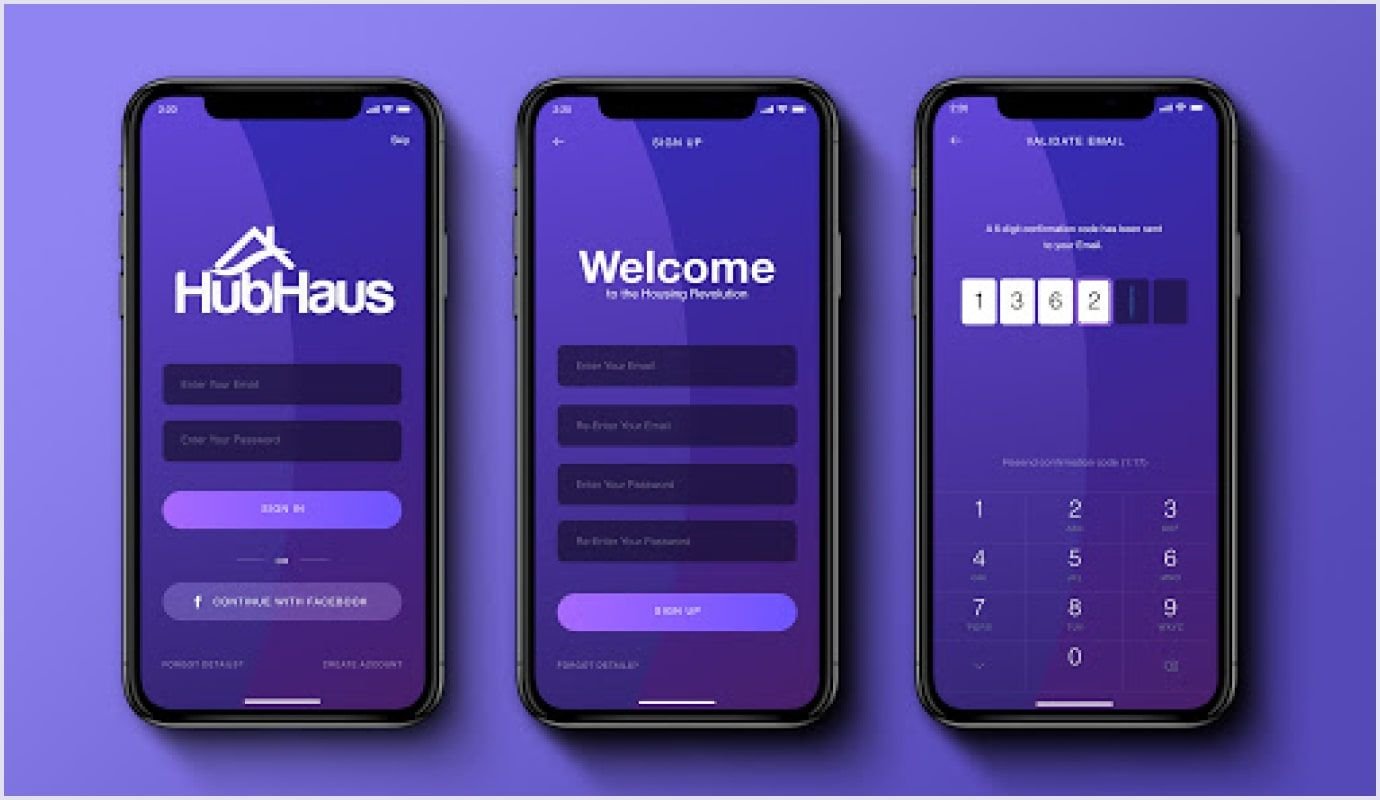
Before the pandemic, the startup had a perfect product-market fit. So it raised $13.4 million in series A. The reason is that the average rent in California is expensive, and it is difficult to move in for young professionals. But there is a dependency that the larger apartment you rent, the better the quality of your room. The only thing left is to find suitable mates.
That is where HubHaus came out. You could rent a property through the platform and find mates to live with you. The startup was growing successfully, even despite the presence of rivals like Bungalow and Common.
But as COVID-19 hit, rental companies saw a massive outflow of tenants. This was for two reasons. First, people started to work remotely, and returning home was feasible compared to renting. Second, living with other people was a threat to spread the disease.
Bungalow and Common raised substantial funds before the pandemic and survived. Unlike them, HubHaus failed to raise series B funding. Unable to sustain itself, the company shut down. What made the company notorious is that it did not compensate losses of their landlords and tenants. It led to a justified outcry.

Startup failure prevention tips from Codica
The number and scale of failed startups seem to be gloomy. The bright side is that there are ways to avoid failure. At Codica, we gathered several tips to help make the right decisions and avoid the shutdown.
Plan your startup
As they say, planning is half of success. That is because you can set realistic goals and timelines for your project. Also, you can set benchmarks and key performance indicators (KPIs) to see how your startup goes.
At Codica, we focus on planning before starting a new project. When a client comes to us with a project idea, we start with the product discovery services. This stage helps us and the client to understand the key product goals and business background. Thus, we can make the solution functional, lovable, and profitable.
The key aspects you clarify during the product discovery are as follows:
- Business goals;
- Target audience;
- Competitors;
- Project’s timeline and budget.
As a result, you get a detailed project plan with the following deliverables:
- Clickable prototypes;
- List of primary features;
- Product specification and architecture;
- Recommendations on team composition;
- Time and cost estimates.
Product discovery's importance lies in getting a clear vision of your project path and minimizing business risks.
Check our video below to learn more about product discovery and its benefits.
As an option, creating a plan in the form of a business model canvas is helpful. You can also choose its lean canvas version, designed for startups. This approach lets you plan the critical business aspects with your team and stakeholders. Such points include unique value proposition, partnerships, resources, activities, customer relationships, and others.
The main advantage of the canvas approach is that you can adjust it anytime. Your team and stakeholders participate in the adjustment process and bring a broad vision of your business direction. Such flexibility allows you to keep up with changing market and compete with your rivals.
The image below shows which points changed from the classic business model canvas to the lean canvas. So you can choose which version suits better your business goals.
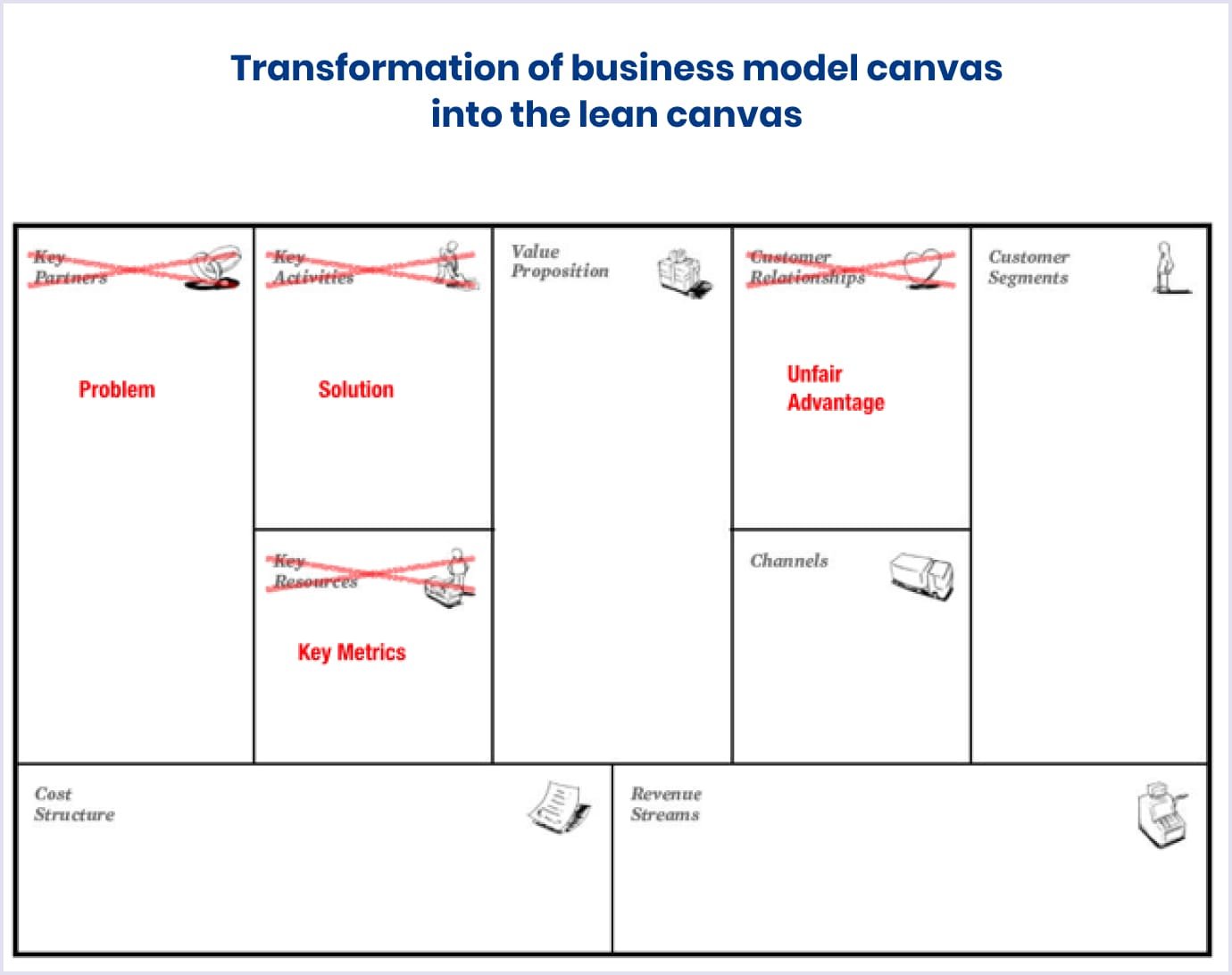
Create an MVP
A minimum viable product, or MVP, is a lean methodology approach. It implies that you build a workable version of your product with the least number of features. You can release this version to the market and see the response from your target audience. Thus, you get user feedback by spending the least resources on its development.
Creating an MVP saves you production costs, shortens time to market, and brings you valuable customer feedback. Thus, you understand if your product has a product-market fit and how you should improve or change it.
Considering its undeniable benefits for startups, we recommend the MVP development service to our clients.
The vital thing to consider is that it is not enough to get positive user feedback once. You should constantly update your product to keep it running. Initially, successful startups like Friendster and Fab could not support the audience's enthusiasm. So getting on top also requires keeping your customers satisfied and engaged long-term. It leads us to the next tip relating to customer relationships.
Read also: How to Build a SaaS Startup in 10 Smart Steps
Nurture customer relationships
Your audience is what makes your business thrive. Strong communication helps you to attract new customers and engage existing ones. So customer relationships assist you in expanding your market reach. The main aspects you should consider to support customers effectively are as follows:
Good communication. If you show your care to customers, they will be more loyal to your startup. Informative newsletters, follow-up calls, and thoughtful check-in messages will help you build trust and receive positive feedback.
Asking and responding to customer feedback. Open channels of communication where customers can suggest improvements will help you make them happy. Also, you can conduct surveys and gather customer feedback on your service.
Building trust. Customers expect a certain level of product quality. If your service experiences failure, explain to your customers what you do to remove it.
Treating customers with respect. Remember that there are humans on the other side of a phone call or email. Help them feel that you respect and care about them.
Rewarding loyalty. If your customers are loyal to your brand, show them you appreciate it. Discounts and loyalty programs show regular customers that you praise them.
Winning and nurturing your audience is a versatile process. So we prepared a video on attracting customers for your product or service. Check it to discover details.
Streamline your teamwork
As we described above, poor teamwork leads a bright startup to decay. On the contrary, proper management and dedicated collaboration make a project successful.
That is why at Codica, we pay much attention to the streamlined work organization. For this, we use agile methodology. It allows for flexibility and efficient use of time. Thanks to daily and weekly meetings, we can discuss the progress and bottlenecks that appear on our way. These sprints, lasting up to 4 weeks, allow us to address the tasks efficiently and quickly.
The picture below shows how we move through the cycle of custom software development.
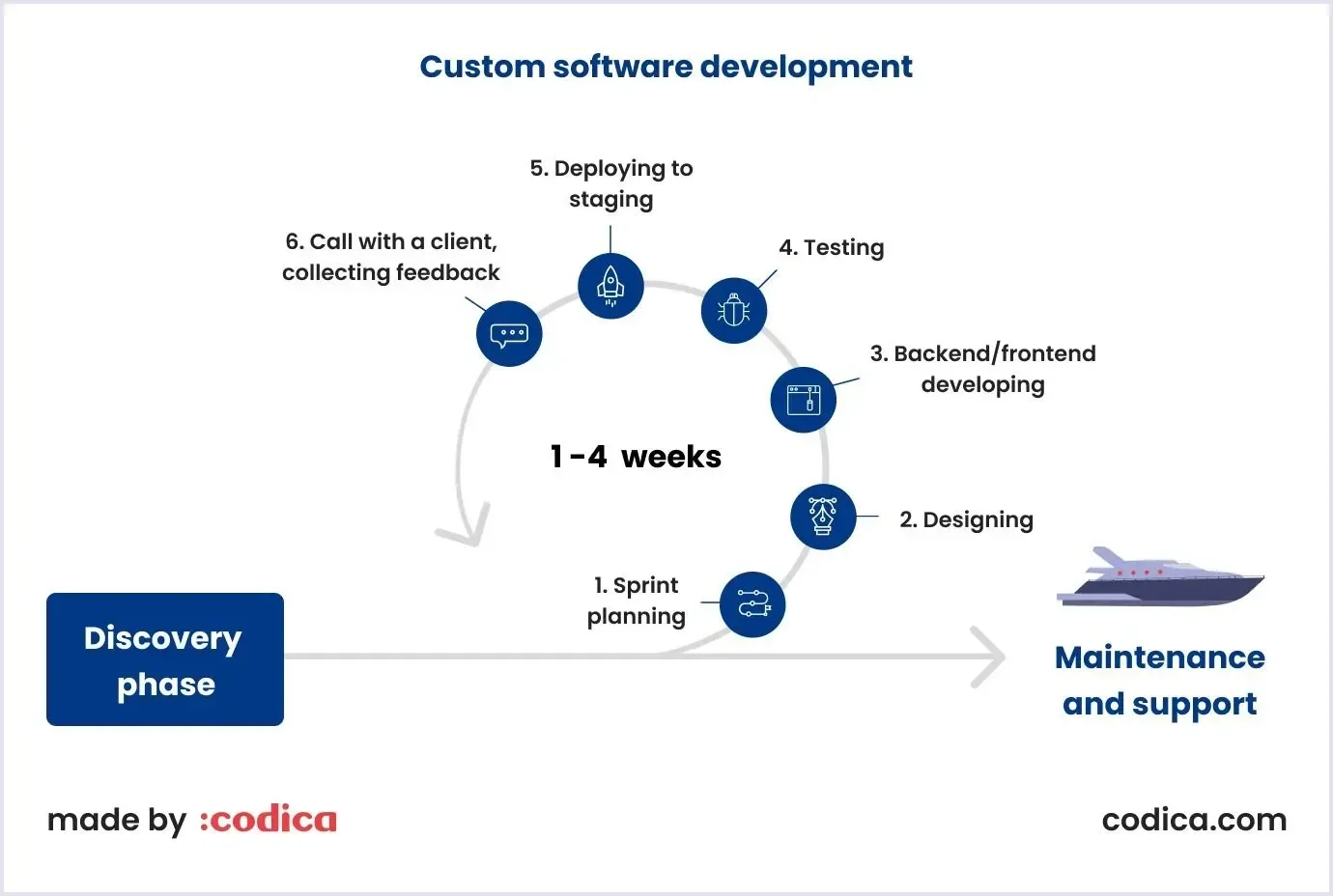
Also, it is vital that the team should be focused on the startup goal. If other projects or ideas distract your employees, it will lead to fruitless work and failure to achieve business goals. On the contrary, a solid and motivated team that pursues the same goal with dedication will bring positive results to your startup.
Build strong partnerships
Partners enable you to bring your business to a new level. With effective partner engagement, you can expand your audience, get access to new products, reach other markets, and exceed competitors’ endeavors. Here is how you can establish strong partner relations:
- Learn about your partner’s business;
- Establish regular communication on progress and challenges;
- Plan responsibilities for daily tasks and long-term objectives;
- Set realistic goals and divide them into manageable pieces;
- Solve barriers with helpfulness for business;
- Listen to your partners’ feedback with attention;
- Celebrate successes.
If you want to learn more about how to build fruitful partnerships, check out the video below. Kevin Hale, YCombinator’s partner, explains how to build successful working relations with your partners.
Seek for investments
This is the most challenging task as it requires that your product is high quality and in demand. It would help if you persuaded investors that your project is a viable deal. This process is complex, though. Even if you have a successful MVP, you must prove it will work in the long run to receive a substantial amount.
You can go with several approaches to finding investments:
- Bootstrapping, using only your savings, without external investments;
- Using a crowdfunding platform;
- Seeking for incubator or accelerator program;
- Finding support from venture capital firms;
- Getting angel investment.
You can select and combine several approaches. Your choice depends on the stage where you are with your startup and the resources you have.
Codica experience
When clients turn to us with their projects, we apply our experience to make their solutions enjoyable. We understand how vital a streamlined and delightful product is. Our team analyses the business background, needed UI/UX elements, and product architecture. So the solution works smoothly and brings our clients better business indicators.
One of our cases is the iExpedition global travel marketplace. This is a platform for booking cruises to the Arctic and Antarctic.

Codica introduced a convenient booking system with search options. It lets you post and view many cruises with different vessel types, routes, and duration options. The platform is optimized for search engines. Thanks to this, the portal grew sales and web traffic.
We also created a convenient content management system. So the client can systematize and automate processes to handle content on the platform.
Our team recently suggested a product upgrade with the automated loading of online products. It saved the iExpedition team hours of work.
The startup has product-market fit, good management, and smooth website work. So, it gained $2 million from sales within the first year. Thanks to our search engine optimization, the platform’s traffic grew 385% within two years.
Check the review from the founder Ben Alexander on the work with Codica. It illustrates how business management, technical knowledge, and teamwork bring a scalable and profitable solution.
See our portfolio to discover more successful projects for startups and established companies.
Takeaways
Why do most startups fail? There are usually several factors that lead to a shutdown. For example, a lack of product-market fit and poor partnership will repel investors. So, the startup will run out of cash and close.
Nevertheless, failing startups teach us valuable lessons on how we can improve our companies. Learning from mistakes, yours or others, is crucial for a business to evolve and thrive.
If you are up to building a startup product, but hesitate if you take the right direction, contact us. Our specialists will eagerly discuss your idea’s business potential and provide a free quote for your project.
